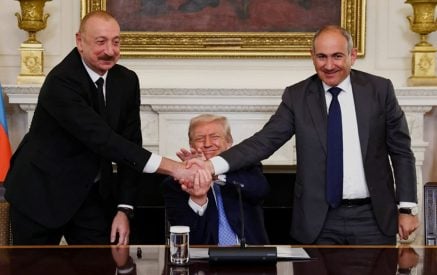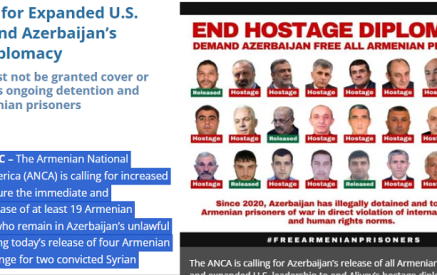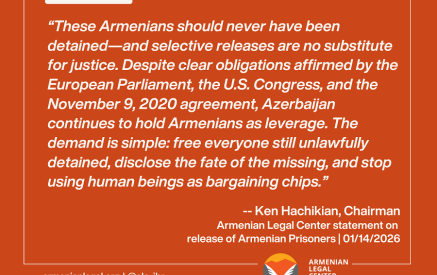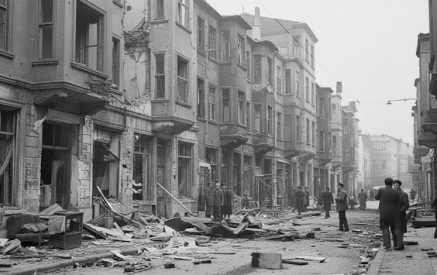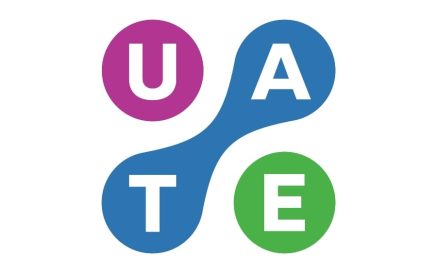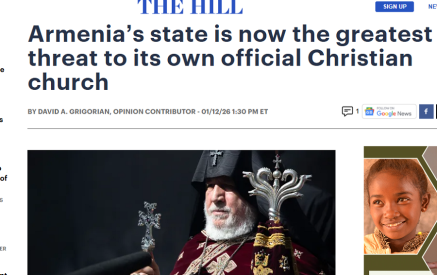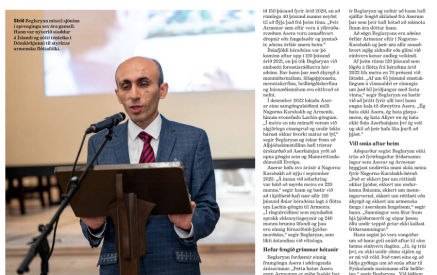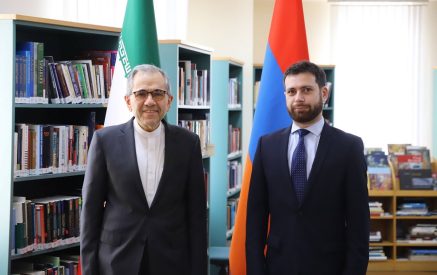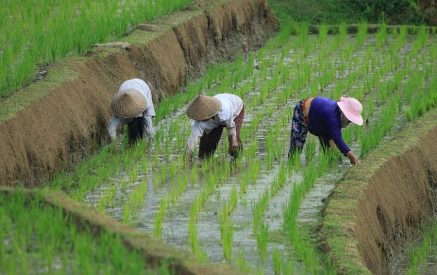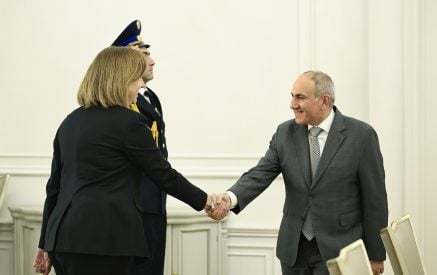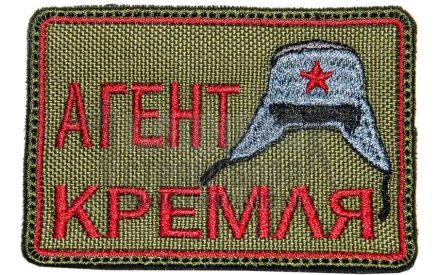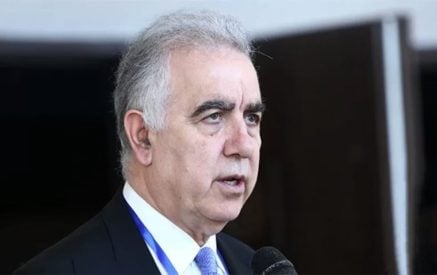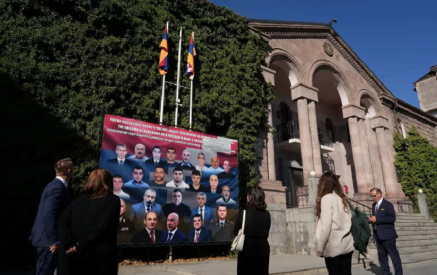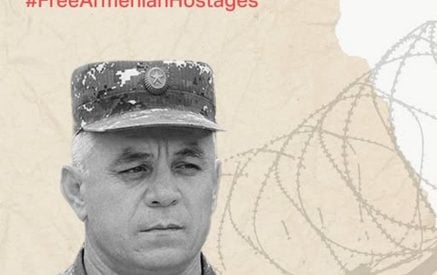An APRI Armenia Analysis. In September 2023, President Ilham Aliyev unleashed Azerbaijani forces on the self-proclaimed Nagorno-Karabakh Republic following a nine-month blockade. The speed and scale of the population exodus marked a dark chapter for the region and gave Armenians a tragic sense of déja vu.
September 2024 marks one year after the ethnic cleansing of Armenians from Nagorno-Karabakh, two years since Azerbaijan’s deadliest incursions into Armenia, and four years of the Second Nagorno-Karabakh War.
In this analysis, APRI Armenia reflects on the events of the past year and their implications for Armenia’s security and regional stability. It proposes ways to move beyond the current limbo of “no peace, no war.”
Where We Are Today
Read also
Today, the situation remains unresolved. Many in the international community expected that the resolution of the Nagorno-Karabakh conflict by force would pave the way for faster peace between Armenia and Azerbaijan, but this expectation has proven misguided. Despite Armenia’s willingness to engage constructively in peace talks, Azerbaijan has, throughout the year, added new preconditions to peace, continually shifting the goalposts for any genuine peace agreement.
As of September 2024, Azerbaijan has articulated eight demands, two of which have been presented by Baku as prerequisites for signing any peace agreement:
- A corridor through Armenia to Nakhichevan, the so-called “Zangezur corridor,” to allow non-Armenian-controlled passage of people and goods
- The safe return of so-called “Western Azerbaijanis” to modern-day Armenia
- Demarcation and delimitation between the two countries without requiring the return of territories occupied by Azerbaijan in 2021 and 2022
- Return of “Azerbaijani enclaves,” including Tigranashen, Sofulu, Barkhudarlu, and Verin Voskepar
- Restrictions on Armenian Armed Forces, including limits on personnel and various types of armament
- Recognition of the so-called “Khojaly massacre” as an act of genocide (introduced as a demand in 2024)
- The dissolution of the Organization for Security and Co-operation in Europe (OSCE) Minsk Group (introduced in 2024 as a sine qua non condition)
- Amendments to Armenia’s constitution to remove references to the 1990 Independence Declaration and other national laws (this is considered the second and overall most important precondition by Baku)
At the time of writing, there has not been any serious military escalation since September 2023. Armenia has created a delicate deterrence balance with the support of its partners. The patrolling activities of the European Mission in Armenia (EUMA) along the Armenian-Azerbaijani border have contributed to this balance, as have repeated statements by Iranian officials (including Abbas Araghchi, Minister of Foreign Affairs) asserting that Iran would not tolerate any changes to borders. Additionally, Armenia has found new partners in India and France to bolster its military capacity and help deter Azerbaijan in the long run. Yerevan’s concession of villages in the Tavush region in March–April 2024, made under the threat of force, may have also contributed to containing active military escalation.
The December 2023 bilateral statement enabled the release of 32 Armenian prisoners of war (while 23 remain captive) and made Baku the default host of the 2024 United Nations Climate Change Conference (COP29). The demarcation and delimitation commissions, directed by Armenian Deputy Prime Minister Mher Grigoryan and Azerbaijani Deputy Prime Minister Shahin Mustafayev, continued their work in 2024. Most recently, Armenian Prime Minister Nikol Pashinyan stated that the parties have agreed on 13 of the 17 articles constituting the current peace agreement, with a partial agreement on three others. Azerbaijan’s President Aliyev announced that 80 percent of an agreement had been finalized.
Of the 100,632 Nagorno-Karabakh Armenians who crossed the Lachin corridor in September 2023, 10,308 have left Armenia as of June. Former representatives of the self-proclaimed government estimate the number to be closer to 20,000. Many who remain in Armenia reportedly face poor social and economic prospects. The forced takeover of Nagorno-Karabakh by Azerbaijan has created further hardship and uncertainties, compounded by the lack of public statements from the officials of the self-proclaimed Nagorno-Karabakh Republic, now residing in Armenia, and the Armenian government’s silence on the consequences of the forced displacement. With the concession of the Tavush villages that led to 12.6 kilometers being redefined between Armenia and Azerbaijan also came short-lived unrest, indicating some dissatisfaction among the Armenian people and a degree of civic disengagement.
A paradox has emerged in the European Union’s and United States’ engagement in conflict resolution. If the EU and the US have initially played an active role as facilitators, this has not yielded the intended results. Aliyev has disengaged from the Brussels format and has undertaken performative diplomacy with the US. No sanctions have been imposed on Azerbaijan for its use of force and the ethnic cleansing it conducted. Neither has Azerbaijan’s occupation of approximately 200 square kilometers of Armenian sovereign territory been condemned. At the same time, the US and the EU continue to engage more closely with Armenia. The diplomatic dialogue is in full force, with the New Partnership Agenda between the EU and Armenia and the new Strategic Partnership Commission between the US and Armenia. The US and EU have also provided humanitarian aid to Armenia to support the refugee crisis. Overall, 2024 has also been an important litmus test for the West and Russia in determining the effectiveness of their diplomatic efforts to promote regional stability.
Is an Agreement Coming?
A framework agreement could be signed by November 2024, before or during the 29th session of COP29, given the expectations set by the Armenian and Azerbaijani sides and vocal encouragement by the US and EU to finalize a deal by November. Importantly, if a document is signed, it will likely be a framework agreement, as indicated by statements from Armenia and Azerbaijan. A framework agreement would typically include generic statements of nonaggression and mutual respect for territorial integrity, leaving the core issues—such as restoration of communications and border delimitation—for future negotiations.
Others, including APRI Armenia researchers, doubt a framework agreement will materialize by COP29. Azerbaijan has been adamant that nothing will be signed until Armenia changes its constitution and other laws and supports the dissolution of the OSCE Minsk Group—a position President Aliyev reiterated during his most recent call with US Secretary of State Blinken. The Armenian government has explained that these constitutional changes are a domestic issue requiring a proper democratic process, which cannot be completed before 2027.
In any case, the long-term stabilizing effect of a framework agreement remains to be determined, as such agreements typically fail to address the core issues driving the conflict, merely postponing them and leaving room for further bellicose maneuvers.
The current “no war, no peace” situation is daunting, raising questions about how Azerbaijan will respond to the upcoming Georgian and US elections and whether—or indeed when—it will test red lines by using military means to achieve its political objectives.
As in spring 2024, Azerbaijan may again demand “the return of the Azerbaijani enclaves” of Tigranashen, Sofulu, Barkhudarlu, and Verin Voskepar, claiming that its president’s patience has reached its limit and threatening a new military offensive. Another option, if Armenia’s current deterrence configuration fails, could be the launch of a military offensive through Armenia’s Vayots Dzor or Syunik regions. Baku could use the strategic positions it occupies to launch an attack on southern Armenia, cutting the country off from its border with Iran and creating a land connection with Azerbaijan’s Nakhichevan exclave. If successful, Azerbaijan might force Armenia to sign an agreement accepting its demands for establishing a corridor—either extraterritorial or under Russian control, as outlined in the November 10, 2020, Trilateral Statement—by leveraging the territories it occupies.
As Azerbaijan faces increasing water scarcity, there is also the possibility of attempts to penetrate deeper into the Gegharkunik region to reach the shores of Lake Sevan and force Armenia to accept joint usage of its waters. It is important to note that these scenarios also include the risk of a spillover effect, potentially involving Iran and Turkey.
Where Do We Go From Here?
Greater strategic communication from Armenia on the peace process would be highly beneficial. For its stability and to rally public support, the Armenian government must reinforce its strategic and public messaging to Armenians, clearly outlining its expectations and overall vision for the peace process, including the fate of the prisoners of war and Armenian refugees from Nagorno-Karabakh.
Armenia could also be more vocal about the risk an active conflict would pose to the region’s transit potential, including projects such as the Middle Corridor, the International North–South Transport Corridor, and the Southern Gas Corridor. By doing so, Armenia could rally partners invested in these projects to intervene and curb Azerbaijan’s belligerent behavior.
Armenia has accelerated its foreign policy efforts, increasingly engaging with India, France, the Gulf Cooperation Council (GCC), the EU, and Iran in diplomatic, economic, and security dialogues. While negotiating for peace, Armenia must continue diversifying its diplomatic relations while strengthening existing ones. At the same time, it must continue to accelerate its defense reforms and forge partnerships on security.
Partners invested in regional peace must put their words into action—for the sake of their diplomatic credibility and influence in the South Caucasus. The region noted that the 14 September 2023 statement of the US Acting Assistant Secretary of State for European and Eurasian Affairs during the Foreign Relations Committee Hearing and the 21 September 2023 Statement by the EU High Representative on developments in Nagorno-Karabakh remained mere words. The EU and the US must move beyond rhetoric and take concrete actions in response to military escalation. In the meantime, with the high risk looming in southern Armenia, development projects such as creating EU4VayotsDzor, similar to the existing EU4Syunik, could carry symbolic significance.





